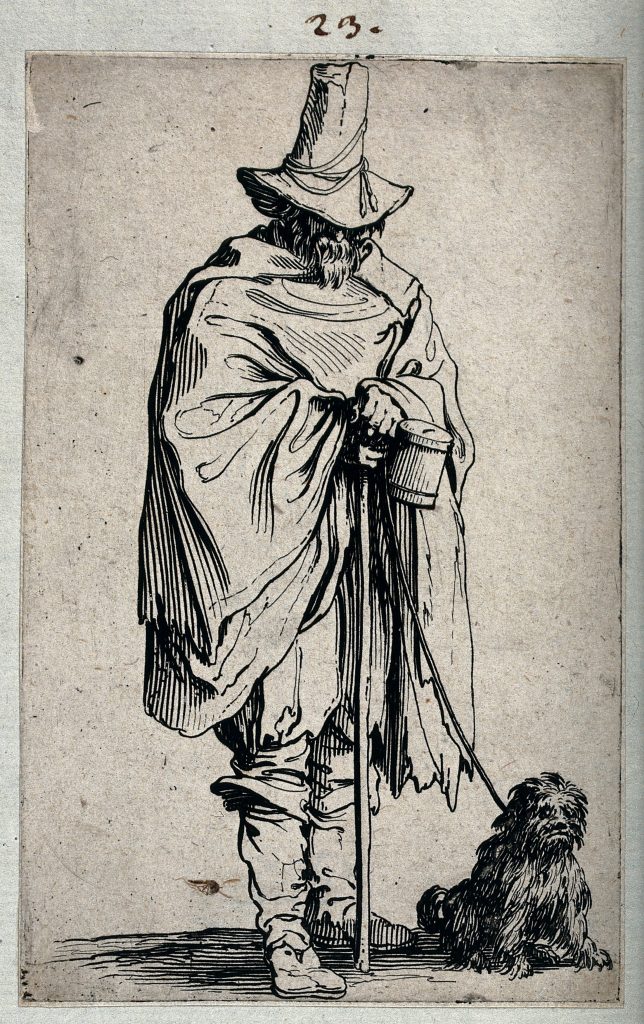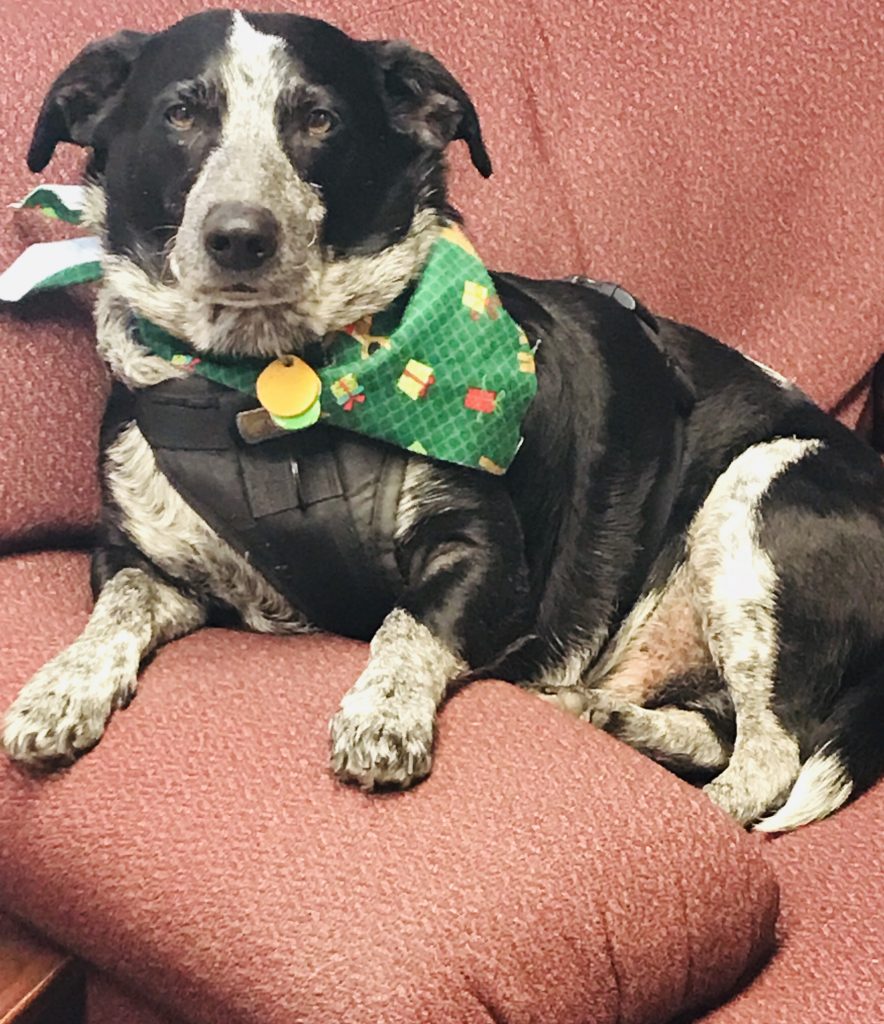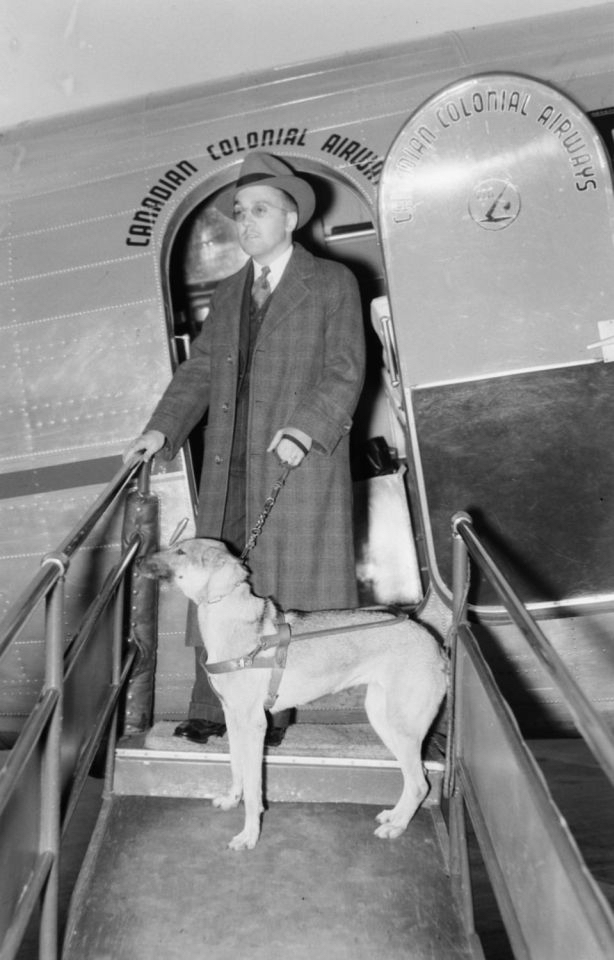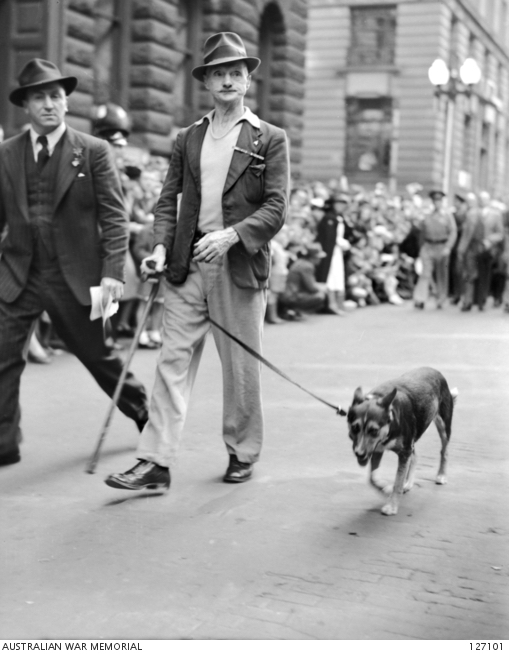Writing the first editorial for AllOfUs has not only been a joy, but it has also been an honor. What has always delighted me about disability history is how much our field owes its very existence to the initiative, labor, and commitment of generations of disabled people and disability rights movements across the world. AllOfUs came into existence because the Disability History Association (DHA) understands this. We intend for the blog to be meaningful and useful for disabled people as we connect the present to the past, and serve as a space where academics from across disciplinary boundaries can share their work in an accessible format, bypassing institutional, disciplinary, spatial, and linguistic firewalls. We also want AllOfUs to disseminate innovative scholarship, teaching, and activism in disability history as well as to publish work that allows us to analyse the present through the lens of disability history. Indeed, this first editorial was inspired, or rather provoked, by the rise in the number of reports detailing the variegated difficulties that disabled people confront when they travel. These complications with transit have ranged from airlines breaking wheelchairs to inaccessible venues and suspicions of service animals. These issues are part of a longer history of how disability has been managed within public space. In this Editorial, I examine the presence of guide dogs in public spaces, prompting us to think about broader issues related to disability and transportation.1

One year before the turmoil of World War II, the blind advocate for guide dogs Hazel Hurst arrived in the United Kingdom aboard the liner American Merchant. She did not stay long, however, departing the country after spending “just ten minutes on English soil,” when the British government banned her guide dog Babe from disembarking with her handler without “first undergoing the usual six months quarantine,” despite the fact it had been vaccinated against rabies.2 “It would be like leaving my eyes behind me,” she told newspapers; ‘”It is the first time in my life I have felt blind. I don’t feel safe being guided by a human being.”3 Hazel’s experience of traveling with Babe will be familiar to many disabled people with service animals today. As I write this, my faithful Charlie (pictured below) lies next to me, tired from a long day at the university. Over the past two years, Charlie has alerted me to auras, and seizures, preventing injury, concussion or worse. I cannot imagine surviving the past few years without his presence. Yet, I have also confronted deep seated misconceptions about what service animals do for disabled handlers, confusions over service and support animals and questions about the roles of service animals in public spaces, especially while travelling.

Archives reveal how dogs and other animals worked as guides and draught animals for disabled people through the centuries. Dogs as (untrained) “leaders’” of the blind were not unusual in public spaces through the centuries. In the United States, newspapers give us some insight into how these (untrained) dogs served their blind companions: for instance, the collie Prince took JW Daniels around as he made his living singing on the streets of Joplin, Oklahoma.4 Likewise, Raymond Randolph, a veteran who had lost his sight at the Battle of Santiago Cuba, worked selling pin-cushions and tuning pianos in Baltimore while led about by his Spanish fox terrier Lucy.5 The story of Abraham Lefshitz is particularly poignant; the Bridgeport resident was “old and blind” and his St Bernard was his primary conduit to the wider world.6 In 1909, after repeated (and possibly unwarranted) complaints about the dog to the police, Lefshitz was told the dog would be shot, after which he “had a little conversation” with the dog and committed suicide by leaving the gas on in his room, unable to think of living on without his guide and friend. Lefshitz’s story underscores how blind people and their dogs were uniquely vulnerable to the vagaries of local laws and its administration in the nineteenth and early twentieth centuries.7 It is also clear that these “leader” dogs were generally considered equivalent to companion animals, despite the services they performed for their blind handlers and that these dogs were also often signifiers of mendicancy, poverty, and dependency.

In the years following World War I, dogs were systematically and deliberately trained to accompany blind veterans and civilians in Europe, the UK and the US.8 Indeed, by the end of the Second World War, guide dogs in the US were constructed as a part of the “obligation which the Nation owes to disabled veterans” as part of their rehabilitation.9 As a result, US Congress approved a million dollar bill to authorize the Veterans Administration to provide seeing-eye dogs for blind war veterans. In the following decades, the use of the guide dog has additionally spread across the world, although it was largely restricted to the spaces of the Global North for much of the twentieth century. Guide dogs did not reach Australia and New Zealand until after World War II and South Africa until the 1950s.10
As the guide dog movement spread across the world, there were inevitable problems when they first ventured into public spaces. A barrage of newspaper reports in the 1930s and 1940s underscored the ways in which guide dogs, and consequently their blind handlers, challenged the long standing associations between dogs and blind beggars. But the guide dog also had to confront pre-existing constructions of dogs in public spaces as vectors of rabies, threats to urban sanitation and public health as well as a possible agents of injury, perceptions which had often ossified into law.11 Further, unlike companion animals that more often lived in private residences or the working dog on the farm, the guide dog represented a category of human-animal interaction different from companion dogs. What is clear is that as blind handlers and their guide dogs navigated their worlds, they were also all too often likely to be excluded or discouraged from public spaces, private establishments or residences, and from traveling. For instance, guide dogs in the US in the 1930s were banned from federal buildings, including post offices, and public transit was a particular concern as dogs were banned by most transportation companies.12 Eventually, railroad companies, motor-bus companies and other modes of conveyance began to allow guide dogs on board, but it was often on a voluntary basis.13 The same was true for air travel. Buddy, the first guide dog in the United States, was most likely the first service animal to travel by air with her blind handler Morris Frank. Buddy and Frank even travelled internationally, actively advocating for guide dogs to be allowed in aircraft passenger cabins, rather than traveling as cargo.14 However, access to airplanes depended on individual circumstance and on the airline’s willingness and could not be guaranteed.15

In 1937, however, blind advocates petitioned the US government to make legal exceptions for guide dogs and Congress passed the HR bill 222.16 The bill acknowledged the contributions made by seeing-eye dogs to “sightless persons” and also sought to resolve the spatial constraints the dogs and their handlers confronted in public spaces: “any sightless person who is a passenger for hire on any interstate common carrier, motor vehicle, railroad train, motorbus, streetcar, boat, or other public conveyance or mode of transportation…shall be entitled to have with him…his ‘seeing eye’…and the transportation for said ‘seeing-eye dog shall be included in the regular standard charge or fare paid by said owner-passenger.”17 Martin F Smith, the representative from Washington argued that companies that managed public transit had to understand and accept that the seeing-eye dog was a “part of the passenger or blind person…that the dog was the eye of the passenger”—acknowledging that the guide dog was a living prosthesis for their blind handlers.
Concurrently, many state and city administrations also passed similar legislations, reifying the guide dog as the living prosthesis for the blind. New York state was among the first states to sign into law exceptions that acknowledged that the blind man and his guide dog were “one individual.”18. But, in the following decades, these laws often fell short of ensuring inclusion in public spaces and in transit. In 1954, during the 25th anniversary of the Seeing Eye in Morristown, NJ, the New York Times reported that “in many states laws against excluding them from public places has changed.”19 Even so, these changes in laws did not necessarily mean that disabled people experienced public spaces and travel differently: as Russell Post, an instructor-trainer with the Guide Dogs for the Blind in San Rafael, California, told the Los Angeles Times in 1971, “The laws are virtually unenforceable because district attorneys are too busy to push them.”20

Dogs soon came to be trained as service animals for an increasing range of disabilities, but guide dogs for the blind were the only service animals permitted onto buses, trains, and airplanes for a very long time. It was only in the 1980s that service animals for the physically disabled and signal alert dogs for the hearing impaired/Deaf began to be (slowly) granted the same degree of access into public spaces.21 In 1988, James Maaske, an “epileptic” was denied entry to a bus with his service dog Billie, who reminded me very much of Charlie. “When a seizure strikes, his dog, Billie watches him very carefully and keeps him away from trouble…if Maaske passes out, Billie keeps people away from him by barking and pushing with his paws and tries to revive him by licking his face.”22 But equally striking about his account was how the guide dog appears to have become anchored to blindness in the public imaginary, and how suspicious people continue to be of service animals trained to help with other disabilities. Such suspicions are profoundly ableist. Disabled people today navigate a world that has never been designed for them and continues to sideline their needs. Service animals not only transform their access to these public spaces, they facilitate all aspects of everyday life. They deserve our support and respect, not suspicion or ridicule. Especially in public spaces.
—Aparna Nair is currently Assistant Professor at the History of Science department at the University of Oklahoma. Her work examines disability, race and biomedicine in British India as well as epilepsy, personhood, and passing in modern India. She can be reached at aparna.nair@ou.edu.
- The quotation in the title is inspired by a 1934 newspaper article: “Blind Man Asks State to Let His Dog Ride Buses,” Washington Post, July 10, 1934, 4.
- “Guide Dog Rejected, Blind Woman Sails,” Los Angeles Times, Aug 6, 1938, 1.
- “Seeing Eye Dog Barred at London,” New York Times, August 3, 1938, 20. Hurst was an ardent defender of the guide dog, and believed strongly that these animals was an invaluable extension of the blind person, the equivalent of a prosthetic that allowed the blind person to achieve independence and lead a normal, active life. She was instrumental in petitioning the local government in New York state to permit guide dogs in public spaces.
- “Blind Man Trusts His Life to Faithful Collie Guide,” Miami District Daily News, October 29, 1917, 6.
- “Blind Man Loses His Canine Guide Feeble and Needy,” Plain Dealer, December 21, 1912, and “Blind Man Trusts His Life to Faithful Collie Guide,” “Dog Guides Blind Man,” Olympia Daily Recorder, September 24, 1920, 5.
- “Blind, Loses Dog Guide, Ends Life,” Pawtucket Times, September 13, 1909, 3.
- “Dog Who Led Blind Man a Victim of Fiendish Poisoner,” Evening News, October 6, 1908, 2. This is not an isolated case. In other instances, dogs who worked as leaders/guides for the blind were poisoned by unfriendly local residents or confiscated.
- Monika Baar, “‘Prosthesis for the Body and For the Soul’: The Origins of Guide Dog Provision for Blind Veterans in Interwar Germany,” First World War Studies, 6., no. 1 (2015): 81-98; Julie Anderson and Neil Pemberton, “Walking Alone: Aiding the War and Civilian Blind in the Inter-War Period,” European Review of History 14,4 (2007): 459–479; Aparna Nair, “‘The Joy of My Life’”: Seeing-Eye Dogs, Disabled Veterans/Civilians and WWI,”’ NursingClio, November 15, 2018, https://nursingclio.org/2018/11/15/the-joy-of-my-life-seeing-eye-dogs-disabled-veterans-civilians-and-wwi/.
- “Providing See-Eye Dogs for Blind Veterans,” Senate Committee on Finance, Congress Session 78-2, April 12, 1944.
- “Why Not Guide Dogs for Everyone,” The Chronicle, 1.59 (April 1971): 13-22.
- Jessica Wang, “Dogs and the Making of the American State: Voluntary Association, State Power, and the Politics of Animal Control in New York City, 1850-1920,” The Journal of American History, 98.4 (March 2012): 998-1024.
- “Federal Order Keeps Dog Guide Home: Blind Man Parted from Dog in Alexandria Post Office,” Washington Post, September 15, 1938, X20; “Blind Man Asks State to Let His Dog Ride Buses,” Washington Post, July 10, 1934, 4.
- Hearing on Seeing-Eye Dogs, House Committee on Interstate and Foreign Commerce, May 12, 1937, 3.
- “A 50-year Success Story: The Blind Not Sightless with Guide Dogs,” Chicago Tribune, January 29, 1979, a1
- “Two Blind Girls Get First Air Ride: And Messenger Who Escorted Them To Field is Taken Along as Their Guest,” New York Times, October 3, 1938, 17; “Two Blind Girls Look Ahead with Their Dogs’ Eyes,” Chicago Daily Tribune, December 12, 1938 5; “Guide Dog, at 10, Still Aiding Blind: Owner of Veteran ‘Seeing-Eye’ Has Covered 50,000 Miles Without Mishap,” New York Times, October 16, 1936, 10.
- Ibid.
- Ibid.
- “Dogs for Sale,” in March of Time. Vol. 3, Episode 11, New York, NY: Home Box Office, June 11, 1937
- “Seeing Eye Dogs Adapt to Change,” New York Times, January 31, 1954, 92.
- Jean Murphy, “Guide Dogs Deterred by Entry Refusal: A Common Obstacle for the Blind,” Los Angeles Times, January 14, 1971, f.2.
- Sheldon Ito, “Canine Crusade: Epileptic Fights for Rights for the Dog that Serves Him,” Los Angeles Times, October 16, 1988, WS1.
- Ibid.